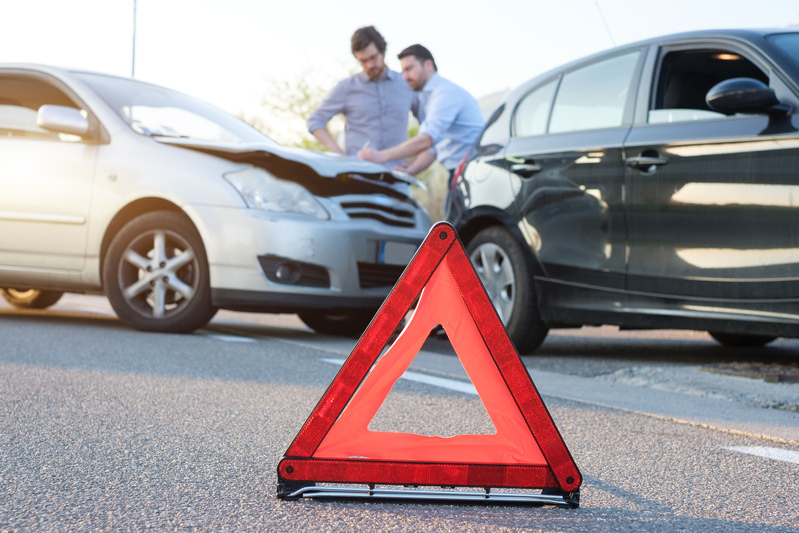
After a car accident, you may or may not be able to call 911, speak to police, take photos of the scene, and more. Sometimes you are too injured to do anything more than take an ambulance ride to the Hospital. There are important steps to take in the aftermath of your accident to always protect yourself.
Remain at the scene
Always remain at the scene, even if the accident doesn’t seem serious, and there are no obvious injuries. Leaving the scene of an accident prematurely is referred to as a hit-and-run, which is a serious offense especially if an injury or death occurred. Make sure everyone is ok and provide first aid if needed. If someone is seriously injured, don’t move them until the first responders arrive at the scene.
Call 911
Calling 911 serves two purposes. First it notifies police & fire rescue that an accident has occurred, and second, you can request medical assistance if there are injuries or fatalities. Even if there are no injuries, calling law enforcement will provide important information, as the police officer will write a report that records their assessment of who was at fault for the accident, and it will contain names, vehicle registrations, insurance information, weather, road conditions, witness statements, etc.
Seek Medical Attention
Seeking medical attention after an accident is crucial, regardless of the severity of the crash. Some minor crashes can result in serious injuries. Some injuries may not show symptoms right away. A medical professional can identify hidden injuries through an examination, and recommend the appropriate treatment, so getting a medical evaluation is very important.
Document your injuries
You must document your injuries as soon as possible to strengthen your case. By seeking immediate medical attention and documenting your injuries you will demonstrate that your injuries were a direct result of the accident. If you delay in seeking medical attention, it can hurt your chances of getting fully compensated for your losses. With a prompt diagnosis, you can begin treatment right away, which will help manage pain, and provide faster healing.
Exchange contact information with the other driver
Reach out to all the drivers involved in the accident, and exchange names, addresses, phone numbers, registrations, take a photo of their driver’s license if possible, and most importantly insurance information, name of the insurance company, and policy number. If any passengers were involved, collect their information also. Capture as much information as possible, both with photographs, and written notes.
Seek contact information from any witnesses
If there are any witnesses, get all their contact information, and ask them to stay at the scene, so they can provide law enforcement with their statement of what transpired, and also so the insurance companies and your attorney can follow up with them later.
Take pictures
Almost everyone has a cell phone with a camera, so make sure you take pictures of the accident scene, property damage, and if possible, the parties involved in the accident. Make sure you capture any injuries you experienced. Pictures will create a visual record of the event. A video overview of the scene can also be invaluable.
Contact your insurance carrier
Your insurance company requires you to notify them of a car accident as soon as possible but first contact an attorney. Inform your insurance company that you had the accident, if you were injured, and the name of your attorney. Once the insurance carrier learns you have an attorney, they are no longer permitted to contact you, and all communication must go through the attorney. Florida is a “no-fault” state, which means that regardless of who caused the accident, each driver must file a claim with their own insurance company under their PIP coverage, to pay for your medical expenses. Florida requires residents to carry $10,000 worth of Personal Injury Protection (PIP) benefits, which covers medical bills, and lost wages.
Seek legal counsel
Following the procedures above makes sure you’re protected, supports your auto accident claim, and will strengthen your case overall. Your physical condition and your health is your priority following a car accident. However, once you are stable, you should begin thinking about your legal rights. If you’ve been involved in a car accident in Florida, let our experienced accident attorneys at Hicks & Motto guide you through the process, please give us a call now at (561) 683-2300



